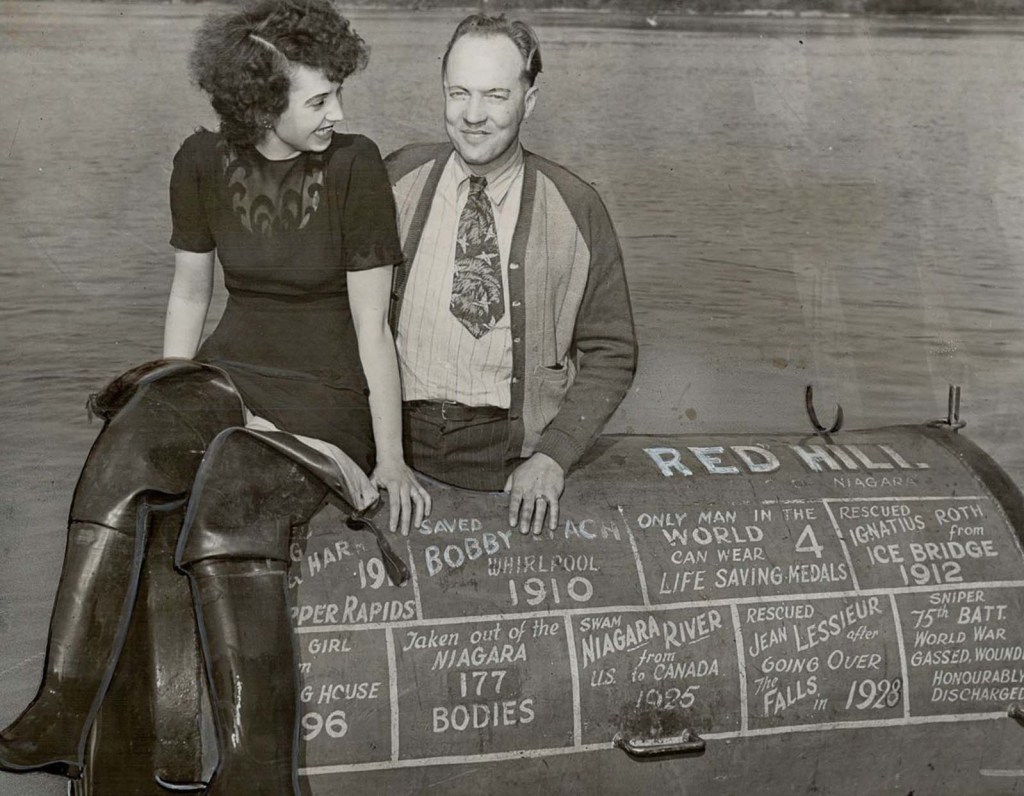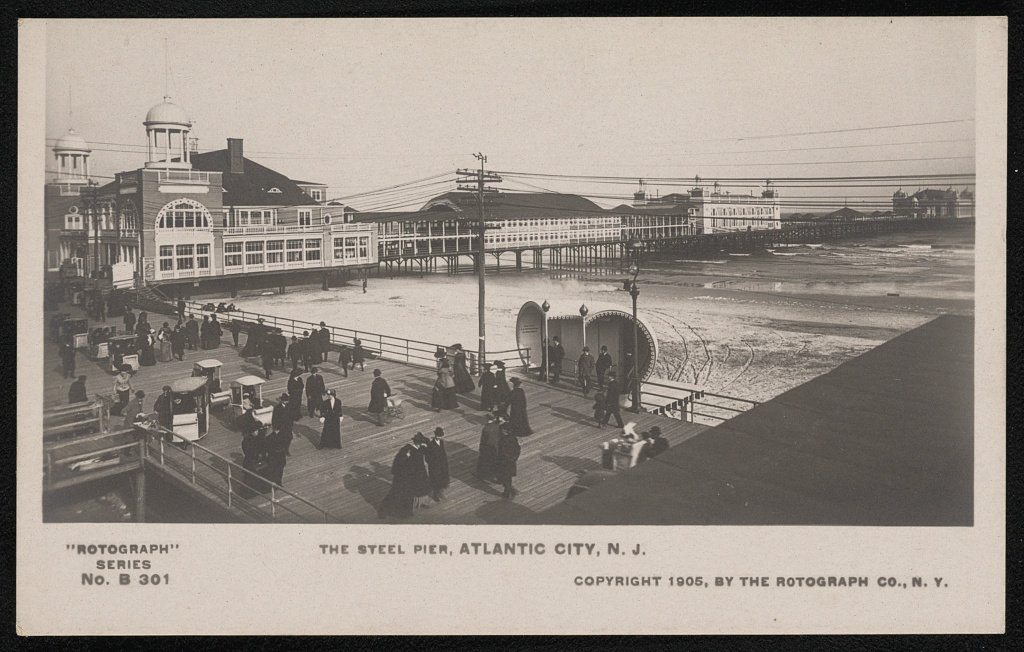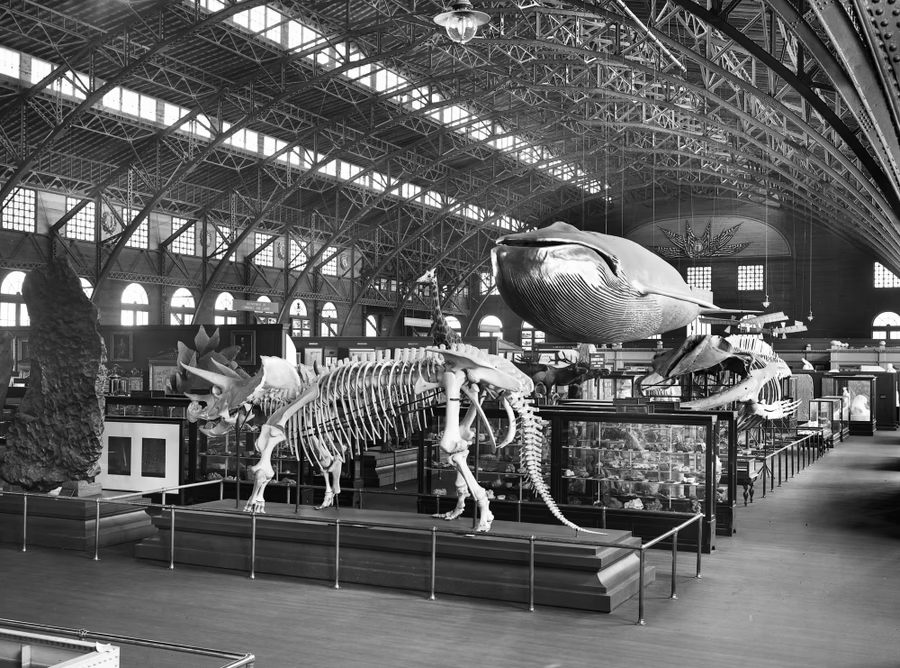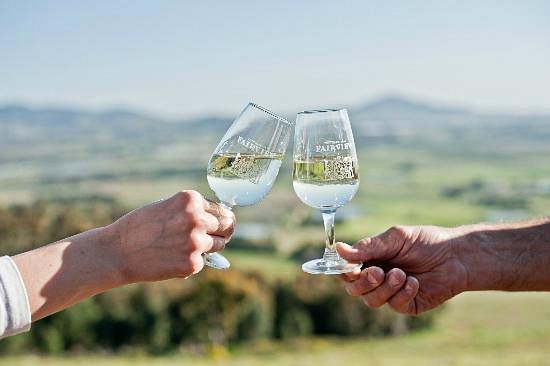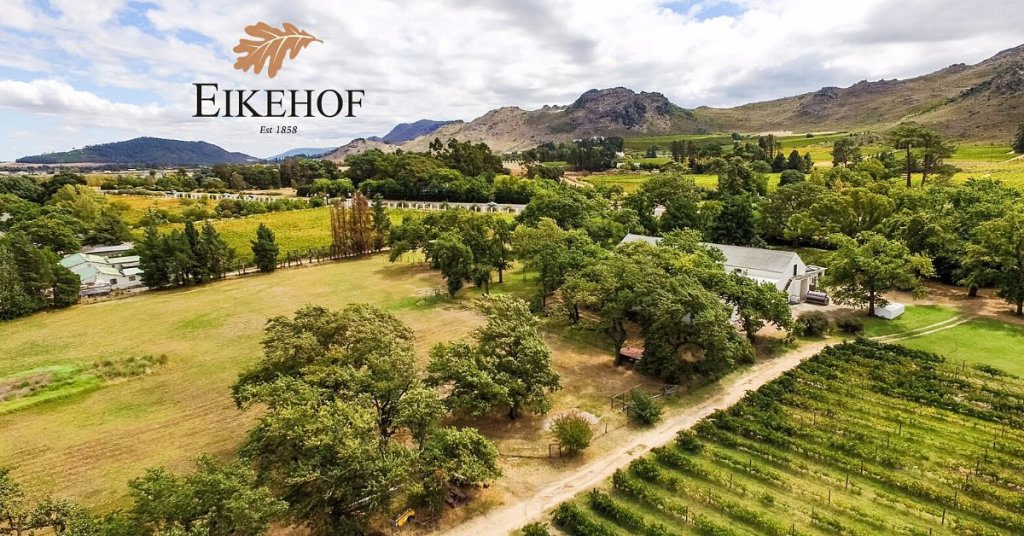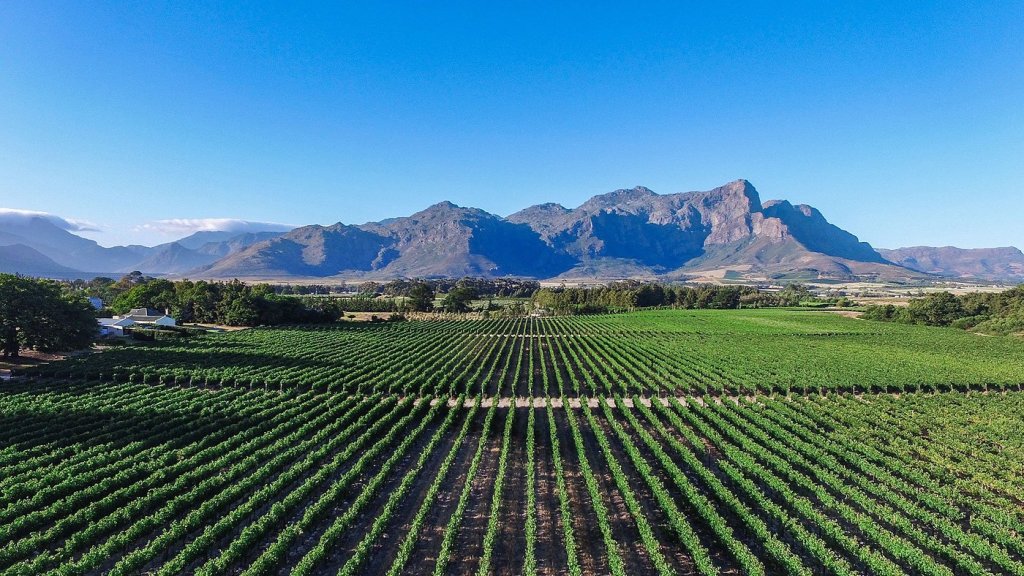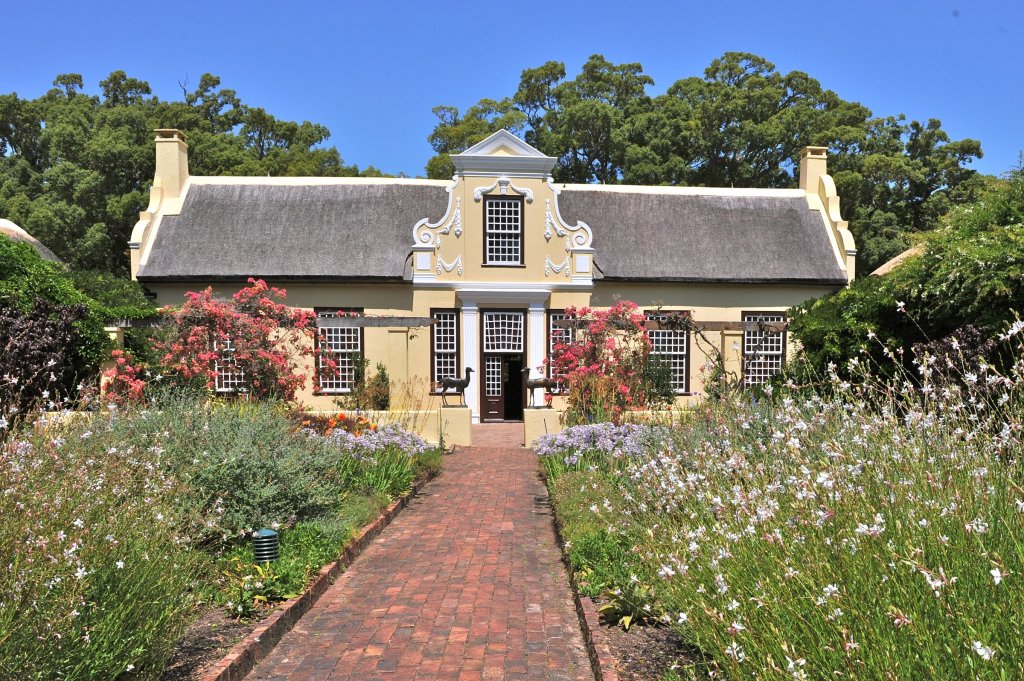When you imagine the world’s most beer-centric country, what comes to mind?
Most people probably think about the UK, Germany, or maybe even the US and Korea.
The latter nations have had prominent beer and brewery cultures that took off in the early 1900s. Since then, distinct brands have emerged to meet local tastes, from IPAs to golden lagers. Today, the US and South Korea are home to craft breweries galore.
But neither has the type of no-holds-barred love of beer as Brits or Germans. The Brits throw back pints like they’ve been at it for hundreds of years. (They have.) And Germans are known for their multi-day, beer-centric saturnalias, from Oktoberfest to German Beer Day.
Between the UK and Germany, locals throw back billions of liters each year. The Germans alone drank an estimated 8.6 billion liters back in 2020. Clearly, the love of beer runs deep.
But what if I told you that neither country was the capital of beer drinking?
That distinction belongs to Czechia. For almost thirty years running, locals have been draining well over a hundred liters of beer throughout the year. In fact, in 2021, that number peaked at 184 liters per beer per Czech.
Want to know more about Europe’s real beer capital? Let’s hop on it. (Pun intended.) Or if you’re here just for the beer tour recommendations, jump straight to the bottom for my top selections.
Clean drinking water, excellent brews
Czechia’s love of beer (aka ‘pivo’) has been around for millennia.
Locals first started refining and trading hops around the 1100s. Some of the most influential refineries and breweries were run by monks at large-scale monasteries. (In fact, this continues today.)
At the time, almost every feudal village and town had its own brewery, responsible for providing the thralls and lords with safe drinking water… with a little extra hops.
Beer remained a staple for hundreds of years. It was practical in that it was safer to drink than water. And nobody complained about that light buzz.
By the 1700s, two of the country’s longest-running breweries had set up shop. There’s Samson Budweiser Bier, then Budweiser Budvar; the former is considered more ethnically Czech. (Neither has any connection to the US’s Budweiser.)
Over the years, Czechs have contributed greatly to the evolution of beer, including crafting the very first pilsners, along with variations of dark and pale lager.
Beer capital culture
Beer is big business in Czechia—not just in terms of cold hard cash, but also culture, tourism, and entertainment. Many towns and cities have worked hard to maintain their beer legacies, including Prague, Žatec, and Plzeň.
Even the Czech government is involved.
First, through the publicly funded Research Institute of Brewing and Malting. It’s been active since 1887 and is one of the first research institutes ever founded in Europe. Second, there’s the Malting Institute located in Brno, which also dates back to the late 1800s.
The goal of these organizations is to maintain the quality of beer throughout Czechia, along with fostering innovation for newer varieties. They also provide a framework for beer production and exportation, which is an important factor on the business end of beer.

Beer in Czechia: by the book
Officially, beer in Czechia is classified based on strength using a ‘degree’ system. (The higher the degree, the drunker you’ll get.)
These are the four main classifications:
- Light beer (lehké) 8°
- Draught beer (výčepní) 10°
- Lager beer (ležak) 11-12.99°
- Special beer (special) 13°
These are the most popular beers in Czechia. (If you see them, drink them—kind of like catching Pokémon, except beer.)
- Pilsner Urquell
- Svijany
- Kozel
- Bernard
- Staropramen
Drink your heart out in Czechia
You won’t be short on places to drink beer in Prague.
Actually, it might be hard to find a place that doesn’t serve up delicious beer alongside popular foods. But if you really want to go into the nitty-gritty of beer culture in Prague, I suggest either going on a beer tour or heading to a beer festival.
Here are some of the best beer festivals from around the country:
- Slunce ve Skle Beer Festival (Pilsen, Czechia)
- Český Krumlov Baroque Arts Festival (Český Krumlov)
- Czech/Prague Beer Festival (Prague) (This event was cancelled back in 2021, but there’s been major efforts to relaunch it—so check back in later this year to see if organizers manage to get this festival back off the ground)
Or, if you’ll be staying in Prague, look into these top-rated beer tours of the city. Many are bundled with other themes, like history and food.
Pubs of Prague Historic Tour (has a nice historical element, which I enjoy)
Prague Foodie Tour (includes plenty of beer, have no fear)
Hidden Beer Gems of Old Prague
Private Boat Cruise – Beer or Prosecco (resist the Prosecco!)
